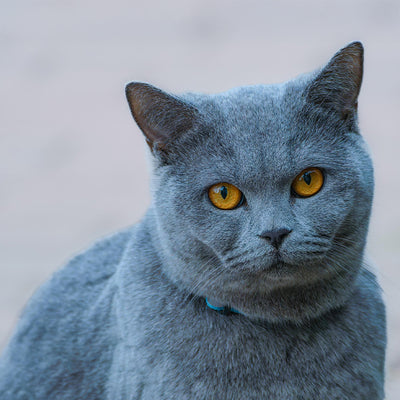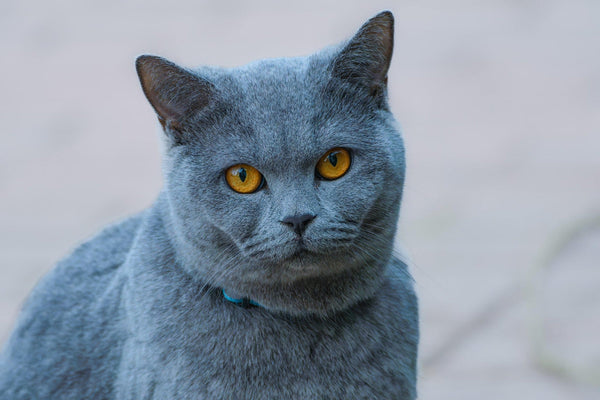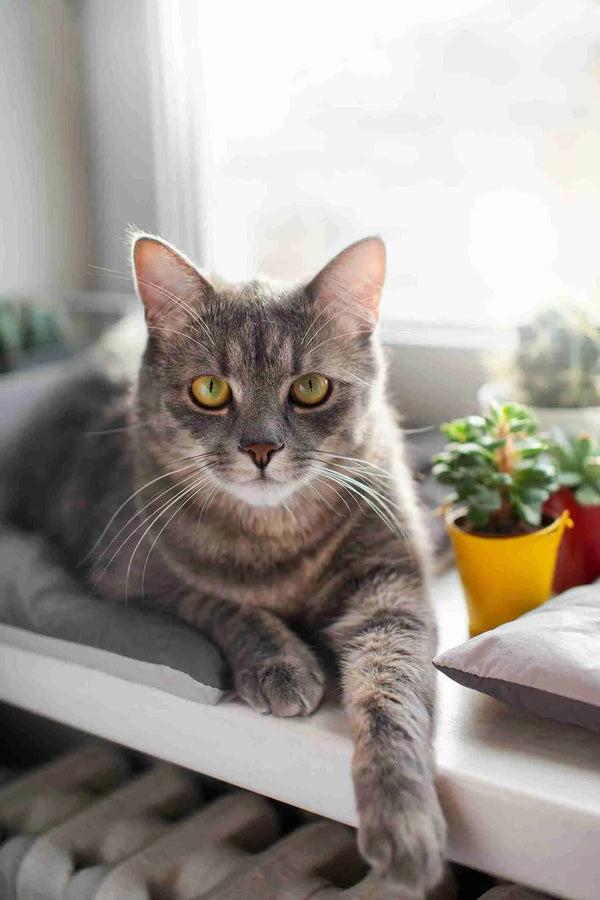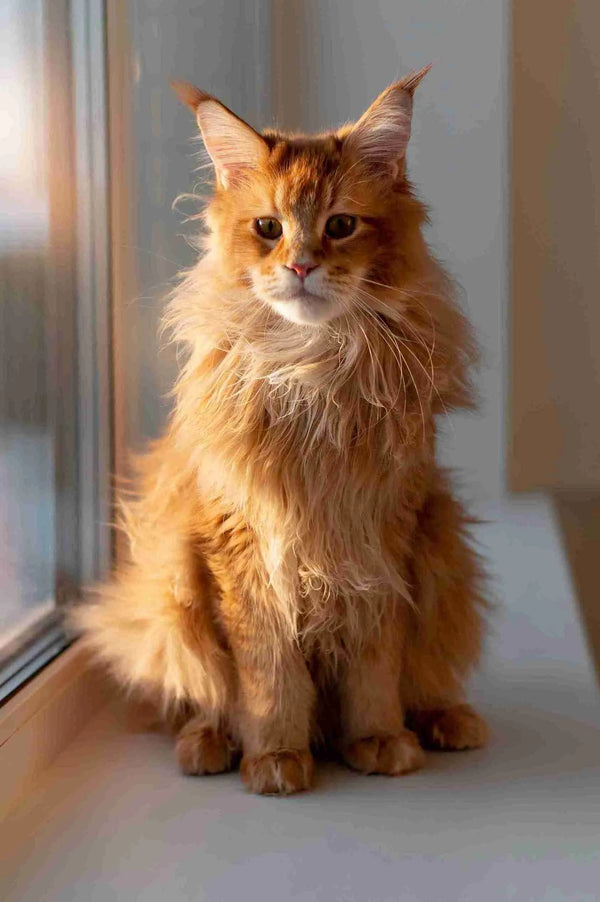European Burmese
European Burmese
America’s Elegant and Affectionate Feline
1. Introduction to the Breed
The European Burmese, securing the #50 spot among the top cat breeds owned by Americans in 2024, is an elegant and affectionate feline renowned for its sleek coat, vibrant eyes, and engaging personality. A refined variant of the Burmese, European Burmese cats combine a slender build with a warm, social nature, making them ideal for owners seeking a loyal, interactive companion. Their glossy fur and playful demeanor shine in lively households, from urban apartments to suburban homes, bringing charm and companionship.
2. History of the Breed
Developed in Europe in the mid-20th century, the European Burmese diverged from the American Burmese through selective breeding in the UK, emphasizing a more slender frame and a broader color palette. Originating from the same foundational cat, Wong Mau, imported to the U.S. in the 1930s, European breeders crossed Burmese with Siamese and other shorthairs to enhance elegance and diversity. Recognized by the Cat Fanciers’ Association (CFA) in the 1990s as part of the Burmese breed, European Burmese gained popularity for their refined look and sociable temperament in cat shows and as family pets, their distinct evolution adding to their allure.
Fun Facts
- Colorful Expansion: European Burmese boast up to ten coat colors, including red, cream, and lilac, unlike the American Burmese’s more limited palette, thanks to European breeding efforts.
- Temple Guardians: In their native Burma (Myanmar), Burmese cats were revered as sacred temple companions, believed to bring prosperity and protection.
- Melodic Meows: European Burmese are known for softer, more melodic vocalizations compared to their American counterparts, charming owners with their gentle “voice.”
- Global Fanbase: The breed’s popularity in Europe, particularly the UK, has made it a favorite among international cat fanciers for its elegance and charm.
3. Physical Characteristics
- Typical Size and Weight: European Burmese are medium-sized, standing 8–10 inches tall at the shoulder and weighing 8–12 pounds (males) or 6–10 pounds (females), with a slender, muscular build.
- Coat and Color: Their short, glossy coat is smooth and satiny, available in colors like sable, blue, chocolate, lilac, red, or cream. The coat sheds minimally and requires light grooming.
- Distinctive Features: European Burmese have a rounded head, large, expressive eyes (often gold or yellow), and medium-sized, slightly rounded ears. Their sleek body and tapered tail enhance their refined, elegant appearance.
4. Personality Traits
European Burmese are affectionate, playful, and highly social, blending the cuddly warmth of the Burmese with a touch of Siamese vocalness. They form strong bonds with owners, often following them around and enjoying interaction with children or familiar pets. Their vocal nature, with soft, melodic meows or chirps, reflects their need for attention and communication. European Burmese are intelligent and moderately energetic, suiting active owners who can provide stimulation to prevent boredom-driven behaviors like scratching or excessive vocalization.
5. Care Requirements
- Exercise Needs: European Burmese need 30–45 minutes of daily play, including chasing toys, climbing low cat trees, or interactive games like fetch. Mental stimulation through puzzle toys or window perches keeps their curious minds engaged.
- Grooming Needs: Their short coat requires brushing once weekly to maintain shine and manage minimal shedding. Regular ear cleaning, nail trimming, and dental care maintain health, as they’re prone to dental issues.
- Dietary Considerations: A high-protein diet supports their muscular build and moderate energy. Portion control prevents obesity, which can strain their slender frame, and foods with omega fatty acids enhance their coat’s sheen. Fresh water is essential for their active lifestyle.
6. Health and Lifespan
European Burmese have an average lifespan of 12–16 years. Common health issues include hypokalemic polymyopathy (muscle weakness), diabetes mellitus, dental disease, and cranial deformities in some lines. Regular vet checkups, genetic screenings, and a healthy lifestyle mitigate risks. Owners should monitor for muscle weakness, excessive thirst, dental discomfort, or head shape irregularities and ensure a balanced diet to support overall health. Genetic testing from breeders reduces hereditary concerns, particularly for hypokalemia and diabetes.
7. Training and Socialization
European Burmese are intelligent and trainable, excelling at tricks like “fetch,” “sit,” or leash-walking with positive reinforcement using treats or play. Their social nature makes training engaging, though their energy requires consistent boundaries to prevent overexcitement. Early socialization ensures comfort with strangers, children, and other pets, reducing wariness or territorial behavior. Teaching behaviors like using a scratching post or litter box habits is straightforward due to their quick learning. Interactive play or training prevents boredom-related mischief like excessive meowing.
8. Ideal Home Environment
European Burmese thrive in interactive homes with secure indoor spaces, ideal for urban apartments or suburban settings where they can engage and relax. They suit families or individuals who enjoy constant interaction and play. Low cat trees, window perches, and cozy bedding satisfy their curious, energetic nature. Owners should provide a stimulating environment with toys and scratching posts to channel their energy and prevent destructive behaviors, ensuring a nurturing setting for their social nature.
9. What’s the Best Toy for My European Burmese?
European Burmese enjoy toys that suit their playful, social nature and muscular build. Lightweight feather wands encourage chasing and pouncing, providing 15–20 minutes of interactive play to satisfy their hunting instincts. Small, durable balls for batting or fetching tap into their energetic spirit, ideal for 15–20 minute sessions in a secure space. Soft plush toys for wrestling mimic prey, perfect for 10–15 minute play bursts, with supervision to prevent tearing. Interactive puzzle toys with treat compartments engage their intelligence, keeping them occupied indoors for 15–20 minutes. Avoid small, easily swallowed toys to prevent choking. Rotate toys regularly and pair with fetch or chasing games for engagement.
10. Adoption and Breeder Tips
Choose breeders affiliated with the CFA or European Burmese breed clubs, ensuring health clearances for muscles (hypokalemia), diabetes, dental, and cranial conditions. Visit the breeder to assess kitten health, meet parents for temperament and color insights, and confirm ethical practices, including socialization and clean facilities. Rescues like Burmese-specific organizations or local shelters offer adoptable cats, often with known histories. Avoid unregulated breeders or pet stores, as European Burmese are prone to health issues if poorly bred. Ask about genetic testing, socialization, and activity needs to ensure a healthy, well-adjusted cat.






0 comments